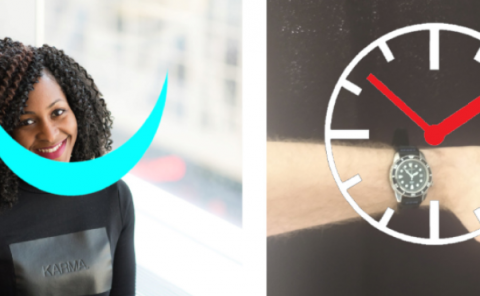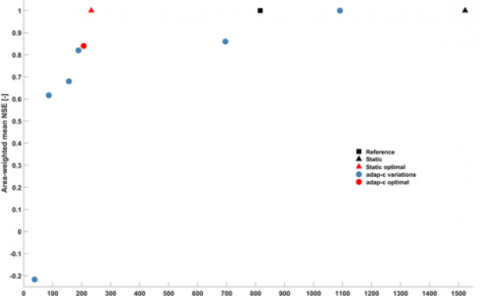Design of a waveguide eye-tracking system operating in near-infrared with holographic optical elements
PubDate: August 2021
Teams: University of Arizona
Writers: Jianbo Zhao, Benjamin D. Chrysler, Raymond K. Kostuk

Abstract
Recent research in augmented reality (AR) eyewear has prompted interest in using volume holographic optical elements for this application. However, many sensing operations in AR systems require the use of wavelengths in the near-infrared (NIR) (750 to 900 nm). These wavelengths typically exceed the sensitivity range of available commercial holographic recording materials (450 to 650 nm), which complicates the design of optical elements with power since significant aberrations result when the reconstruction wavelength differs from the construction wavelength. Several methodologies for designing a waveguide hologram imaging system in NIR are reviewed and evaluated. The design approach presented in our work integrates the most effective practices such as fabrication point source location optimization and aberration analysis to realize effective holographic waveguide couplers formed with visible wavelength light and reconstructed in the NIR. The technique is demonstrated by designing and fabricating an input waveguide hologram in conjunction with a multiplexed output coupling hologram. The resulting input/output waveguide holograms can achieve an image resolution of (∼3 lp / mm) with a 0.6-mm-thick glass substrate that has a refractive index of 1.8.


